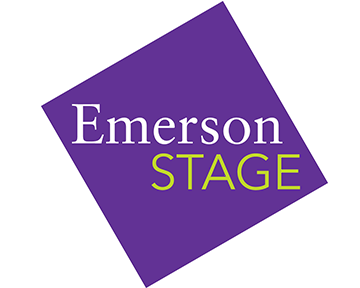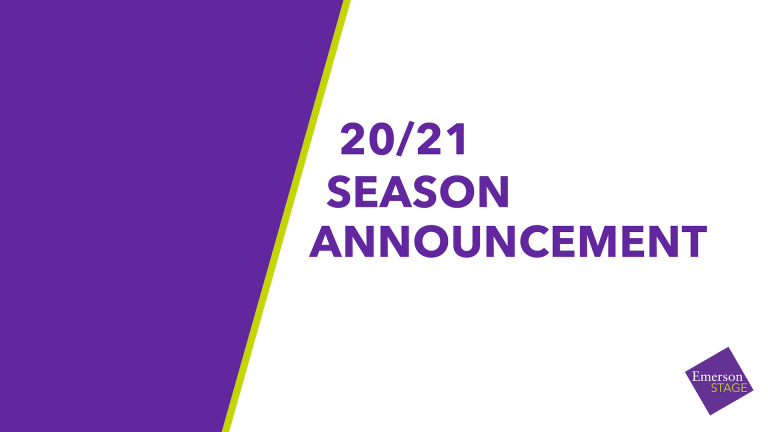Senior Design-Tech Portfolio Reviews 2010
By Rafael Jaen
Here at Emerson, the Design-Tech BFA class of 2011, recently participated in a Senior Portfolio Review. In preparation, students taking the Business of Theatre class and attending The Ideal Portfolio workshop (sponsored by Career Services), worked in teams to create their showcases. Watching their journey reminded us of how exciting it is to put a design-tech portfolio together. For them, having the ability to plan details such as page layout, content variety, and aesthetic sequencing has proven to be a very inspiring process.
——————————————————————————————————–

Faces of a portfolio: Liz Zevin (props) assembles her book, Courtney Irizarry (costumes/makeup) presents her designs, William Hawkins IV (technical director) wows the adjudicators with great photos, and Tyler Kinney (scenography) reveals a well executed set model. Photos courtesy of Kirk J. Miller.
——————————————————————————————————-
Putting a portfolio together for presentation can seem like an impossible undertaking, yet there are ways to facilitate the experience. First, it is important to save everything for every project; including preliminary ideas, process and final outcome photos. Then it is always helpful to get feedback from other artists, mentors and collaborators to set goals over time. Here at Emerson, the Design-Tech Faculty hosts Junior portfolio reviews to aid with this step. We always remind the students that this needs to be a well thought out process. It is best to invest a good chunk of dedicated time (sometimes even a year) to work on a first portfolio. Once complete, there are some key aspects to consider when planning its presentation. These are:
- Presentation of self: This includes grooming, appearance and manners. This also includes your resume and references.
- Presentation of work: When presenting in person it will be important to have a beginning, middle and end. Remember to speak clearly and listen carefully to feedback.
- Presentation organization: Clear labeling and keys are important tools to describe work even when you are not in the room. Plan transitions and include organizational charts and paper work.
- Presentation Knowledge: Have all the necessary research materials that you used for your project and be current with the information.
- Presentation Aesthetics: Feature different rendering or drafting styles; as well as different theatrical styles and historical periods.
——————————————————————————————————–

Left to right: Helen McCarthy (scenic artist) describes her pigment mixes, Michael Perkins (lighting) uses horizontal sequencing to display inspiration and technical drawings, while Ha Kyun Jung (sets/costumes/props) uses the same approach to create continuity. Brian Choinski’s (lighting) Resume and business card use an effective combination of color, shapes and fonts. Photos courtesy of Kirk J. Miller.
——————————————————————————————————–
A design-tech portfolio with well thought-out page layouts, content variety, and aesthetic sequencing, can be honed by strong presentation skills. This makes for a powerful showcase of a designer/technician’s process, resourcefulness and artistry.
Congratulations to the Design-Tech Class of 2011 for a job well done!
Posted by Rafael Jaen
——————————————————————————————————-


